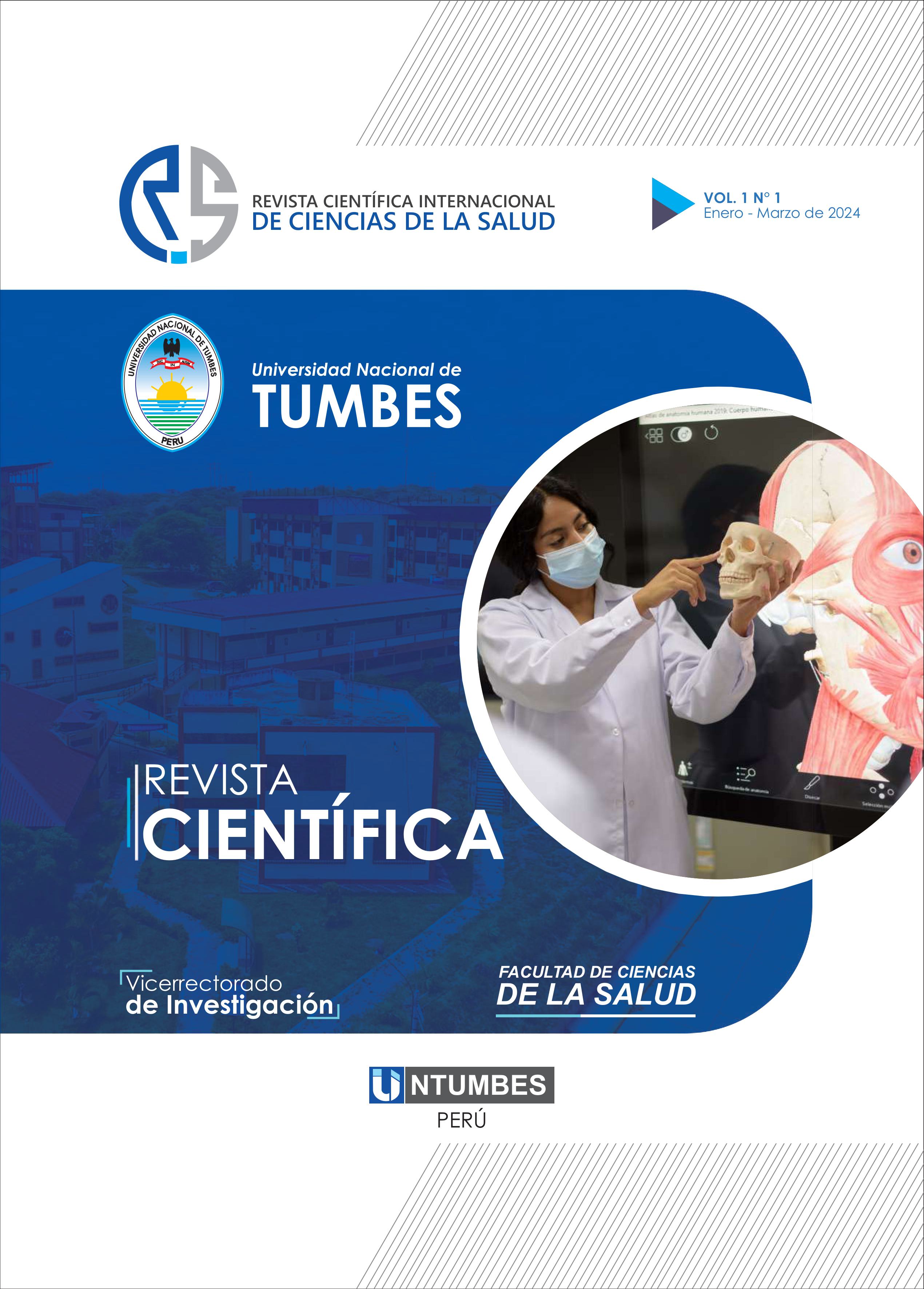Journals
-
Manglar
MANGLAR is a scientific journal of the Universidad Nacional de Tumbes (Peru), published quarterly, whose objective is to publish original articles in the field of Agricultural and Biological Sciences, aimed at those who do research in this great area of knowledge. The main topics published here are: Conventional and organic agriculture; Agroindustry and food science; Biodiversity and ecosystem services; Agricultural economics; Biology, microbiology and ecology; Animal production and zootechnics; Genomics, Molecular Genetics and Biotechnology; Plant Genetic Improvement and Phytogenetic Resources; Fisheries and aquaculture; Sustainable rural development; Clean, safe and efficient energy; Socio-environmental health and well-being in agriculture; Socio-environmental conflicts in agriculture; Environmental science and technology in agriculture; and Sustainable use of forests.
-
International Journal of Social Sciences
Revista Internacional de Ciencias Sociales (RICSO) (e-ISNN 2955-8778) is an international, peer-reviewed, open access, four-monthly, scientific journal in the field of social sciences, which publishes original works (never before published as articles) of empirical and theoretical research and review articles, in Spanish, English and Portuguese.
RICSO is a meeting place for researchers, teachers and university undergraduate and graduate students, focused on deepening publications on the areas of knowledge in communication, education, psychology and hotel and tourism management in search of understanding contemporary social, economic, technological, political and cultural dynamics.
The journal is committed to promoting interdisciplinary dialogue and the exchange of knowledge among the various disciplines of the Social Sciences, thus contributing to the understanding and solution of current social problems. RICSO does not charge for publication and adheres to the COPE codes of ethics. We are committed to an agile treatment of manuscripts and keep authors informed of their progress, reaching an average editing time of 14 weeks.
The journal is managed by an international editorial team, which through a double-blind peer review process offers a reliable, high quality and highly visible communication channel, in accordance with the publication standards of the American Psychological Association (APA 7th). They are published under a Creative Commons Attribution License (CC BY-NC-ND). The journal is under the care of the Universidad Nacional de Tumbes.
-
RICSA
Revista Científica Internacional de Ciencias de la Salud, cumple con las normas editoriales y estándares de calidad requeridos por los servicios de indización nacionales, regionales e internacionales, por lo tanto, los artículos publicados son arbitrados por un comité de pares. Una política de acceso abierto.







